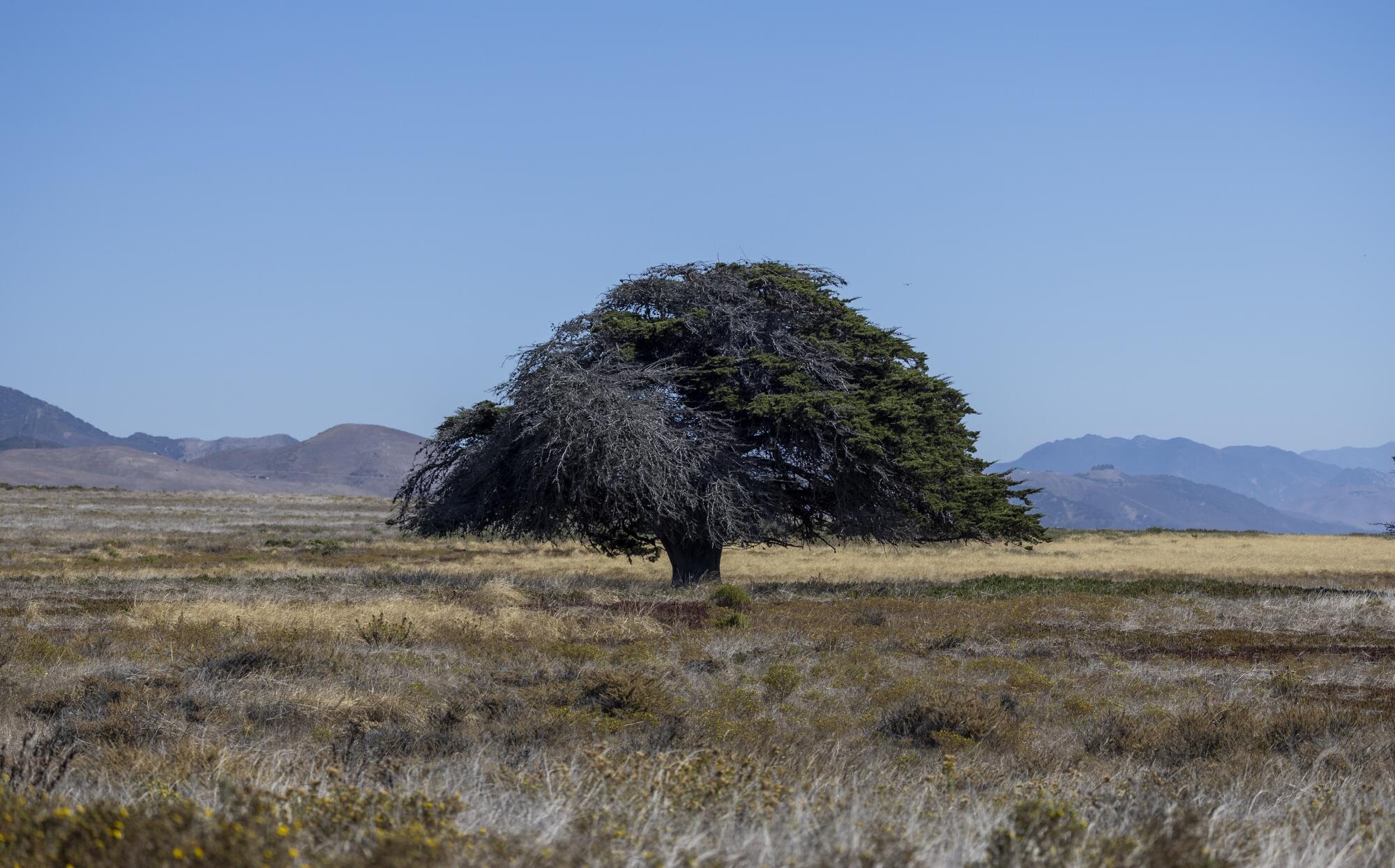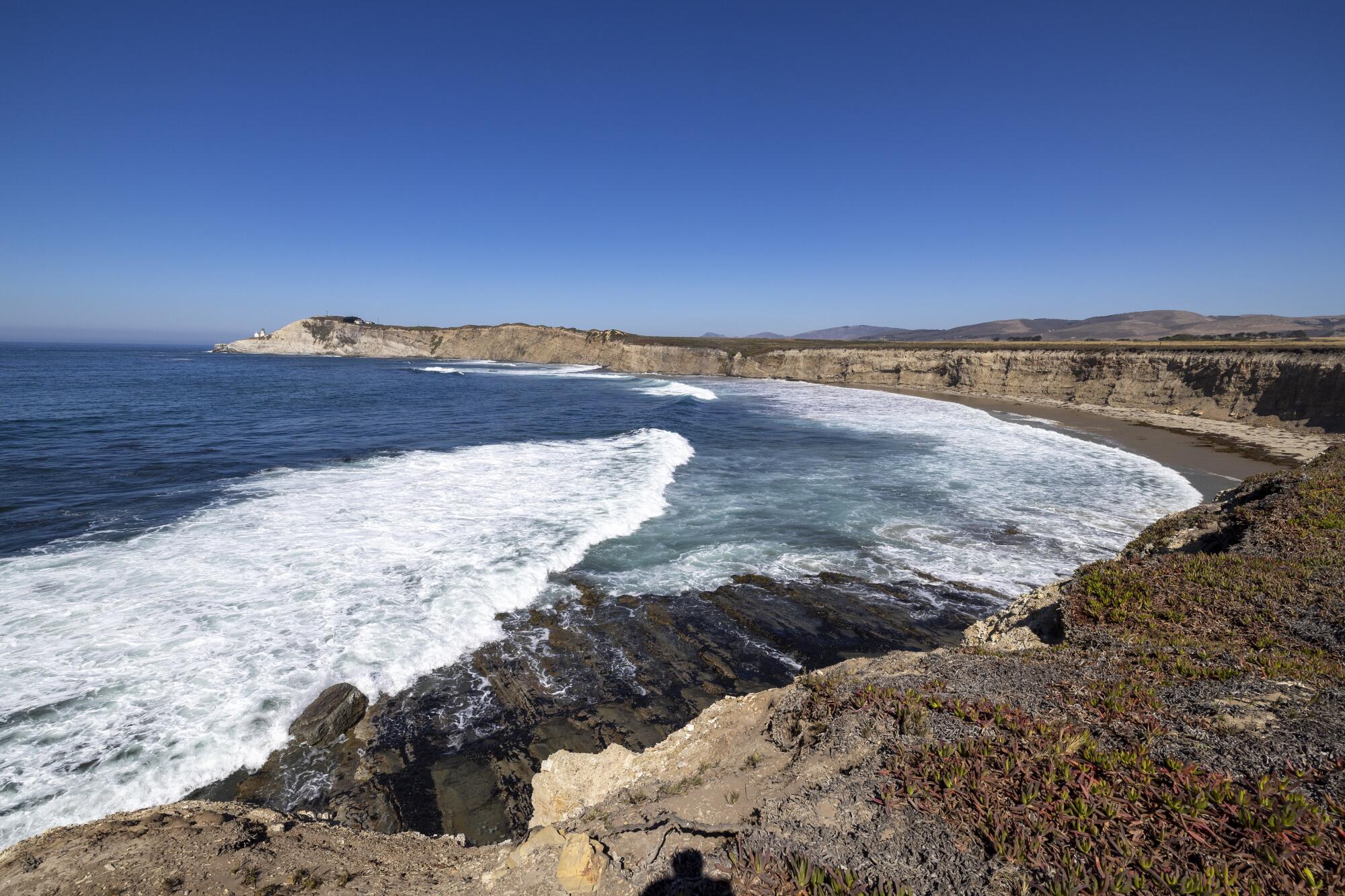
- Share via
LOMPOC, Calif. — In the spiritual tradition of the Chumash people, it’s revered as the “Western Gate” — a portal through which the souls of the dead enter paradise.
To sea captains, its known as the dreaded “Cape Horn of the Pacific,” a passage where many vessels have been lost to powerful gales.
And to the Vandenberg Space Force Base, it’s the perfect isolated launch pad for spacecraft.
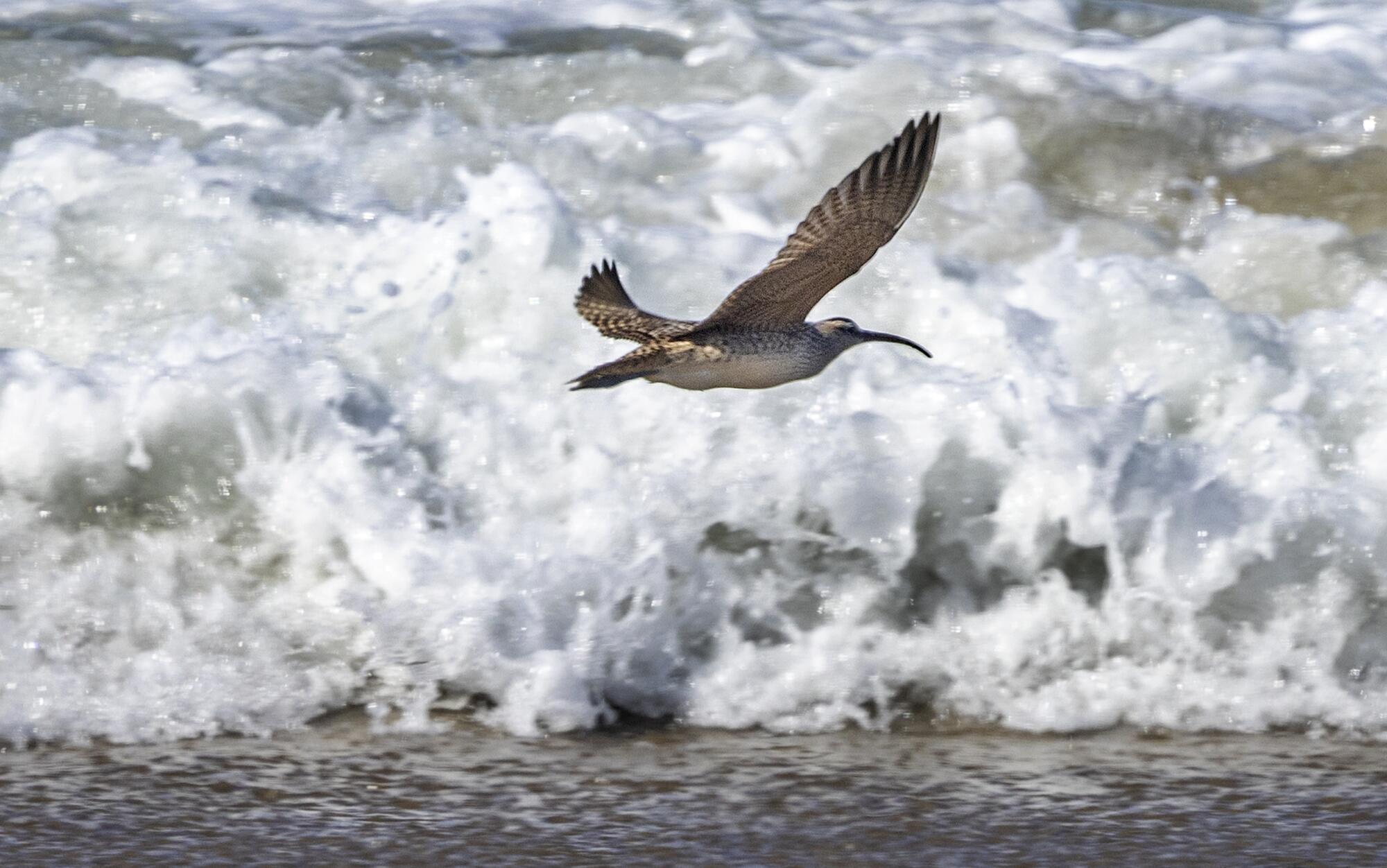
The rugged and breathtaking beauty of Point Conception — and the larger Gaviota Coast — has enthralled humans for thousands of years. Now, a new conservation and research effort hopes to restore this region of rolling hills, twisted oaks, brackish lagoons and shale cliffs overlooking wind-whipped sandy beaches to its original state.
Most recently, conservationists demolished a 56-year-old stone-and-mortar dam that was preventing federally endangered Southern California steelhead from reaching ancient spawning grounds in Point Conception’s highlands. Removal of the dam this month has reopened a vital link to survival for a species on the brink of extinction.
Aggressive and impactful reporting on climate change, the environment, health and science.
“We’re transforming much of Point Conception into a platform for conservation, research and ecological recovery projects,” said Mark Reynolds, a lead scientist for the Nature Conservancy, which in 2017 purchased 24,329 acres of land in the area from a New England investment firm to protect it from development. “Our findings will provide glimpses into California’s coastal future.”

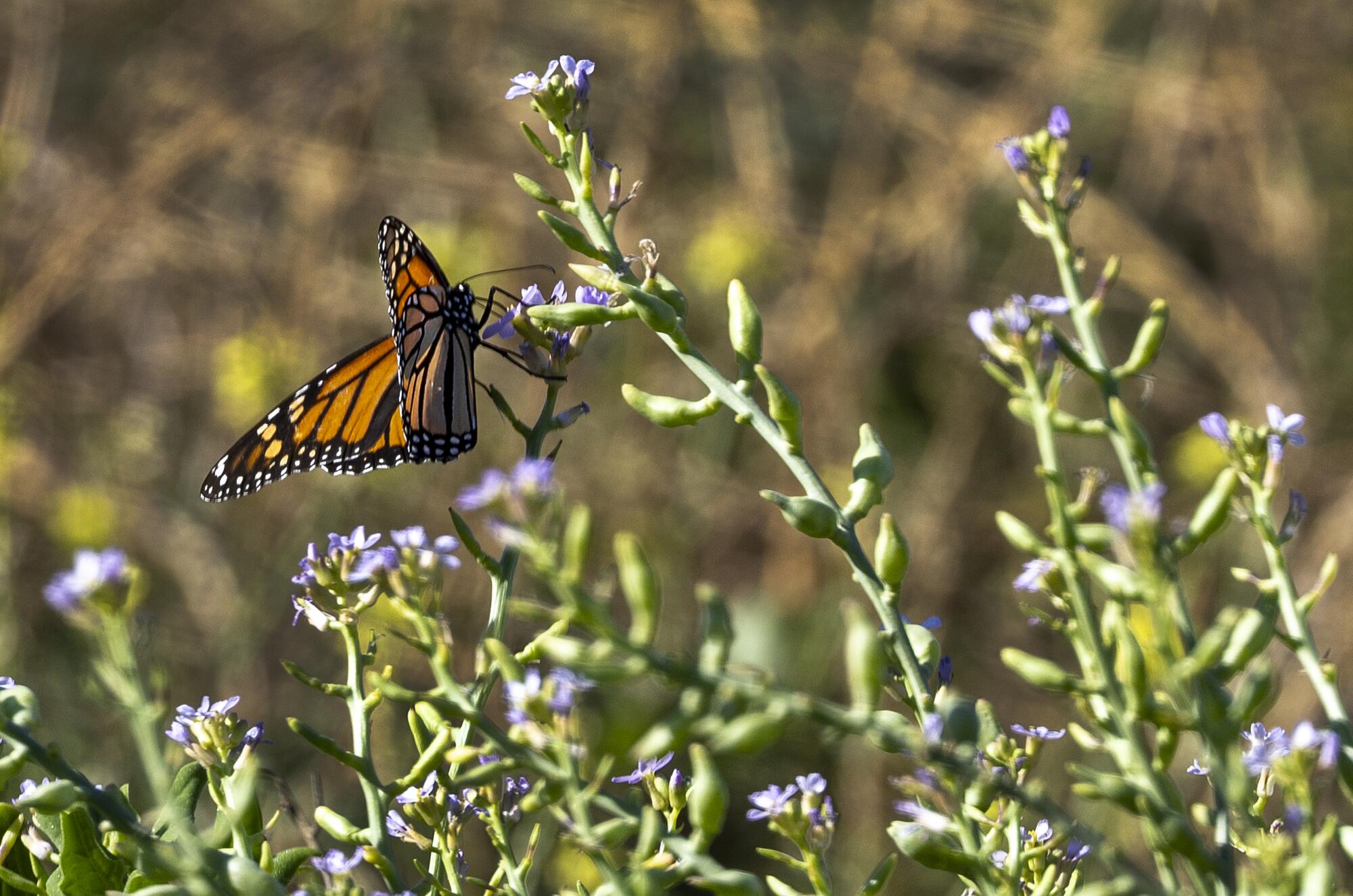
“As fascinating as the past has been for such a place, we still have a lot to learn about its plants, animals, insects and other organisms on land and offshore — and how they depend upon one another,” said Reynolds, director of the conservancy’s Point Conception Institute.
The property has been renamed the Jack and Laura Dangermond Preserve, after the entrepreneurs and longtime environmental preservation advocates who donated $165 million to buy it.
The landscape is the focus of more than 100 ongoing scientific studies and ecological recovery projects led by an alliance of researchers from universities and federal agencies including the National Aeronautics and Space Administration. They are applying advanced scientific tools including genetic analysis and hyperspectral sensors onboard satellites able to map places rich in biological diversity, identify species headed for trouble, and provide weed warnings before invasions occur.
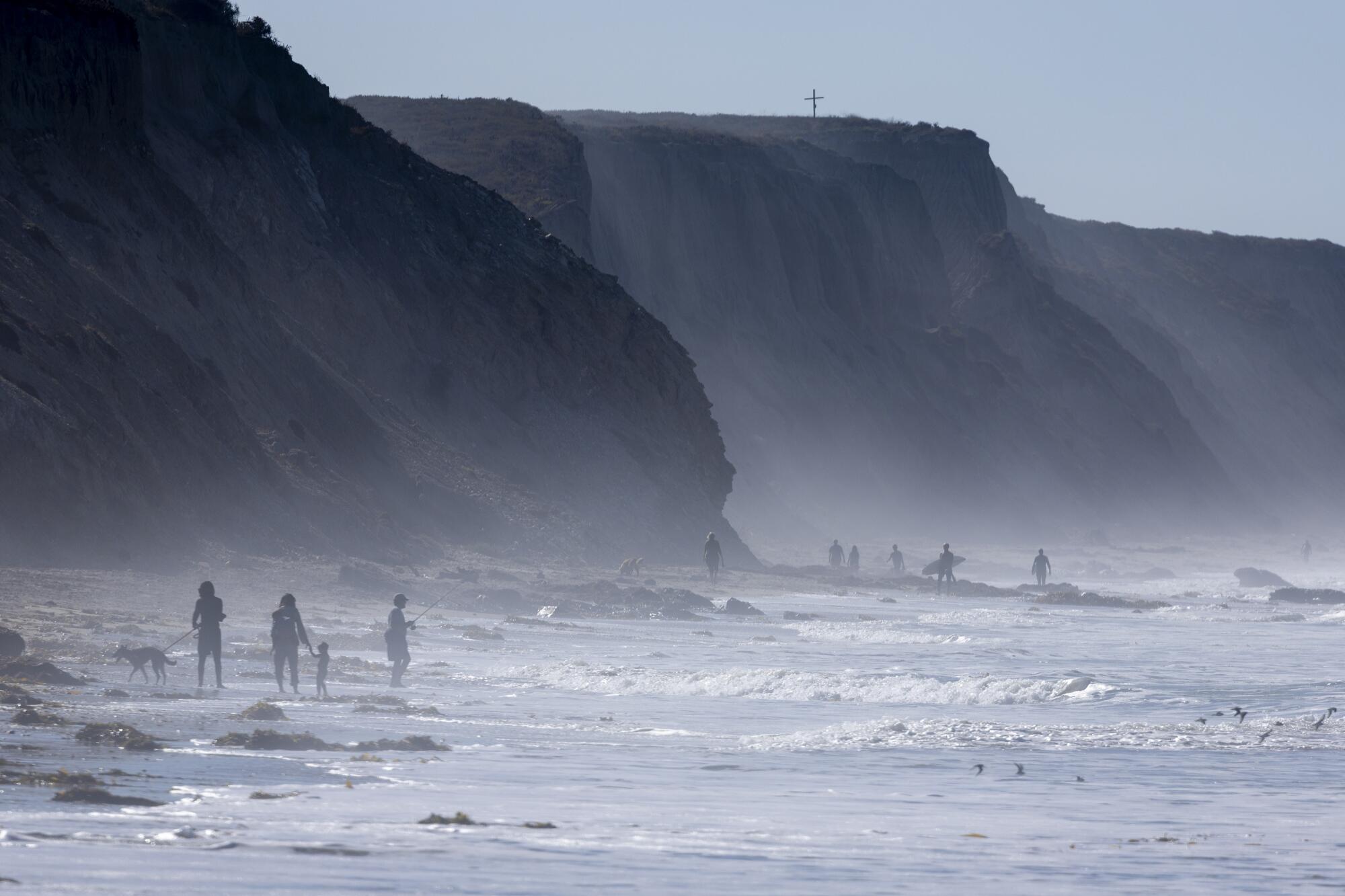
The swirling currents offshore also happen to be a convergence zone where the warm waters of Mexico meet the chilly currents of Alaska, and the periodic shifts in ocean temperature known as La Niña and El Niño bring an ever-changing variety of fish and other pelagic creatures.
Elsewhere, research projects have shed new light on the evolutionary history of California’s coastal landscapes.

Subscribers get exclusive access to this story
We’re offering L.A. Times subscribers special access to our best journalism. Thank you for your support.
Explore more Subscriber Exclusive content.
For example, an analysis of the non-radioactive atoms in scat samples revealed that 20% of the modern diet of California’s coastal coyotes consists of harbor seals and sea lions — a pattern that emerged only after the extirpation of grizzly bears a century ago.
“It’ll take decades to fully understand the unique adaptations and competition for resources that characterize life in Point Conception,” Reynolds said.
For the record:
1:19 p.m. Oct. 15, 2023An earlier version of this article incorrectly referred to the Jack and Laura Dangermond Preserve as the Desmond Preserve.
The Dangermond Preserve — eight miles of undisturbed coastline, 78 miles of streams, 5,000 acres of native grasslands, 200 wildlife species, 600 plant species, 6,000 acres of woodlands and 300 acres of wetlands — appears essentially as wild as it did when prehistoric Chumash occupied its coastal plain and fished its waters.
Threatened brown pelicans skim in formation inches off the waves. Cormorants bob in the swell. Oystercatchers forage along rocky shores. Golden eagles wheel over forested hills and streams shared by black bears, mountain lions, badgers, burrowing owls, federally threatened red-legged frogs, and western pond turtles, which are under consideration for listing as a federally threatened species. Down by the sea, coyotes prey on birds that nest in the sand.
Visitors can look down from the bluffs and spot sea otters, kelp forests patrolled by great white sharks and fabled blue whales spraying the horizon with their 30-foot geysers of steamy breath.
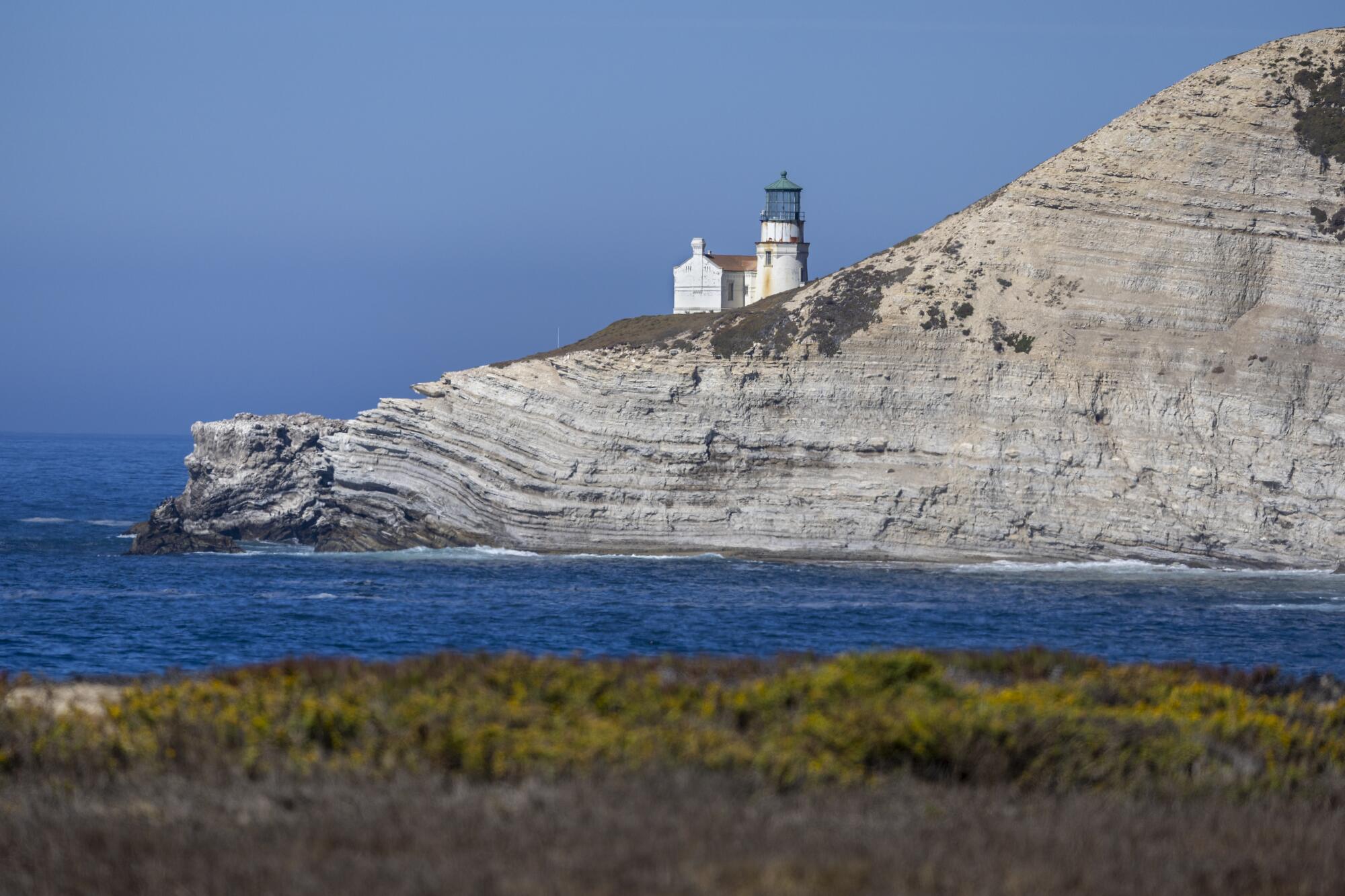
Point Conception is the northernmost coastal range of the California black walnut tree, and the northernmost range of the roadrunner, said Laura Riege, restoration manager of the preserve. “Exactly why that is remains a biological mystery.”
Access to the preserve is restricted. It includes a working cattle operation, but in a way that also allows wildlife to roam and remain vital, Riege said.
To balance the needs of cattle and wildlife, selected slopes are grazed to keep grasses and shrubs low enough for low-flying raptors such as harriers to spot gophers and other prey more easily. In other areas, grazing is controlled to prevent erosion and allow native plants and flowers to flourish.
Sign up for This Evening's Big Stories
Catch up on the day with the 7 biggest L.A. Times stories in your inbox every weekday evening.
You may occasionally receive promotional content from the Los Angeles Times.
The preserve is not without problems, some of them daunting.
Ambitious campaigns are underway to restore populations of endangered white and also black abalone. Once so plentiful that their shells served as throw-away ashtrays, the succulent marine invertebrates were all but wiped out by persistent fishing, slow-to-react management and disease.
Riege was overjoyed on a recent morning when she discovered a tiny patch of federally endangered Gaviota tarplant crowned with delicate yellow flowers growing amid 1,000 acres of ice plant targeted for removal.
The invasive plants blanket the promontory hosting Point Conception Light, a lighthouse built in 1881 that is listed on the National Register of Historic Places on the Gaviota Coast.
“Look at this!” she said, squeezing a leaf. The plant’s distinctive pungent odor of citrus and crankcase oil lingered on her fingers. “It’s a real survivor.”
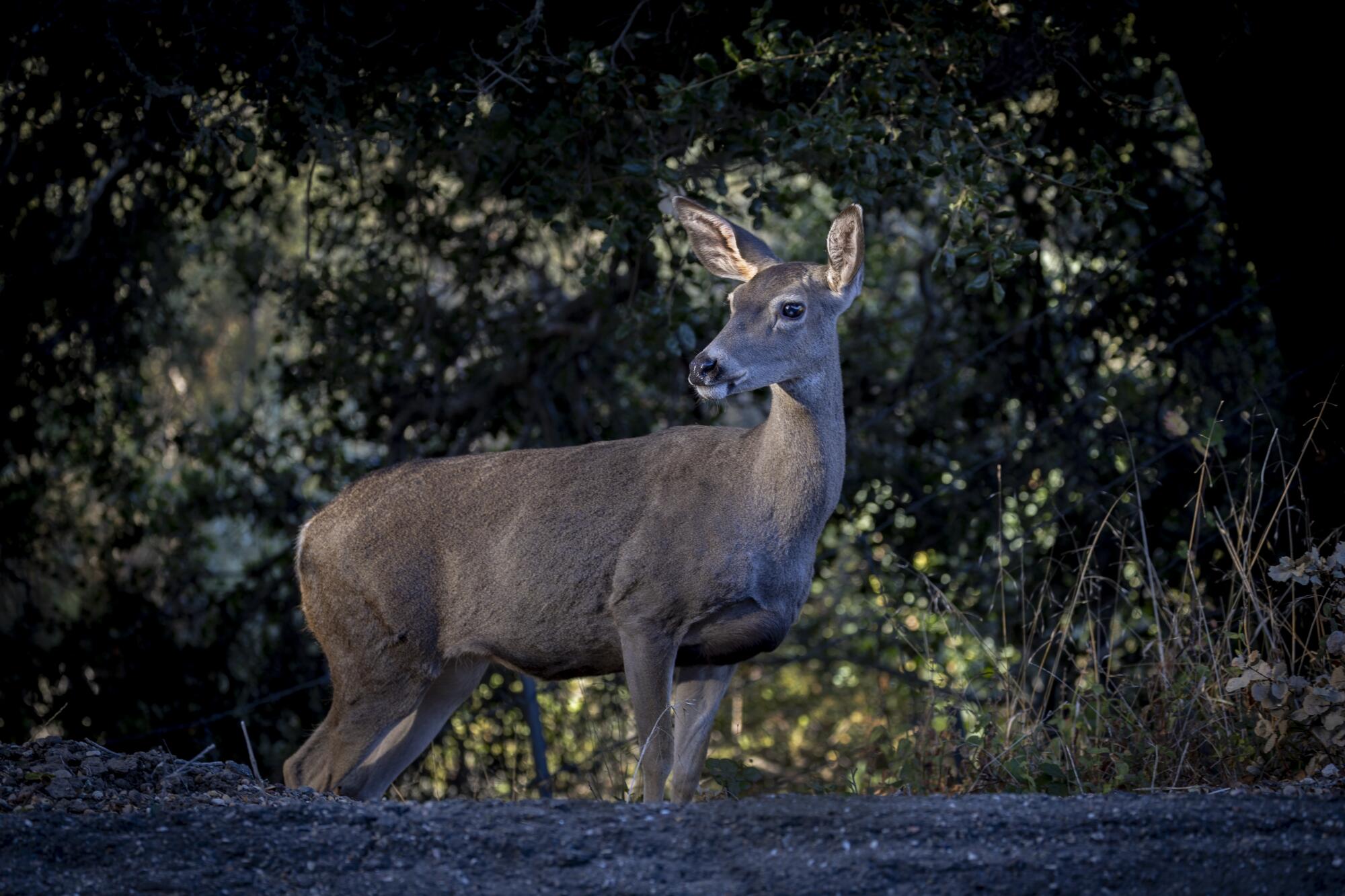
The same could be said for the federally endangered Southern California steelhead, with an estimated 500 left on Earth scattered across coastal waters between San Luis Obispo and the Mexican border, including the mouth of the preserve’s Jalama Creek.
Steelhead trout once packed the natural pools of Southern California’s spawning rivers — until the waterways were transformed into reservoirs and concrete drainage canals.
The species, known scientifically as Oncorhynchus mykiss, begins life as a native rainbow trout. For still-unknown reasons, some migrate to the ocean and become steelheads after undergoing physical changes that allow them to return to spawn over freshwater gravel beds.
Raising her voice to be heard over the thwack thwack thwack of helicopters airlifting out the debris from the dam that had stopped the steelhead’s annual spawning pilgrimage, Riege said, “For the next three years, we’ll be conducting underwater snorkel surveys of the biological responses to this demolition project.
“In a few years, I guarantee this place is going to be even more amazing than it already is. We call it ecological restoration work.”
